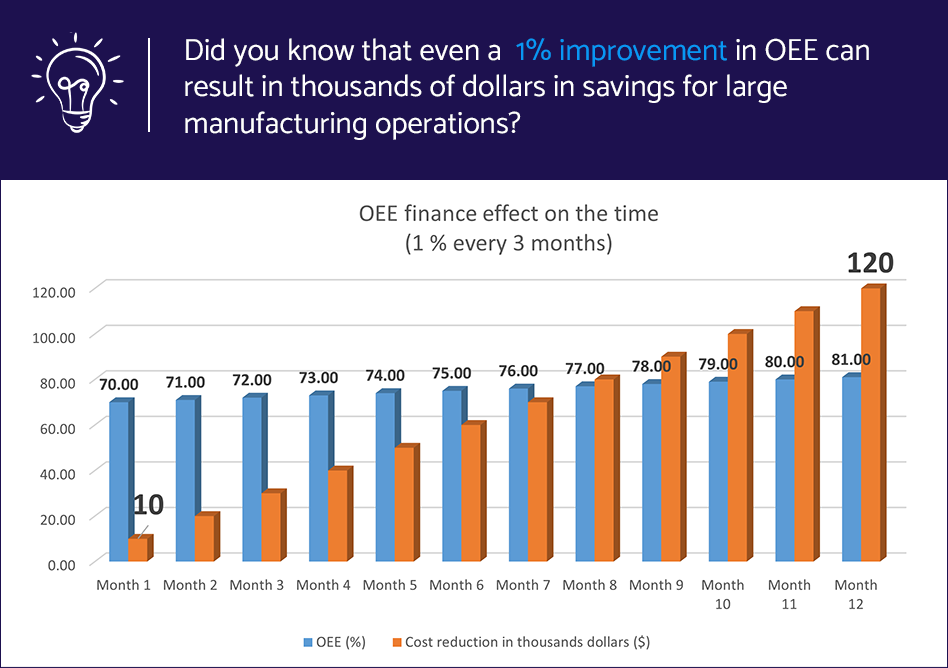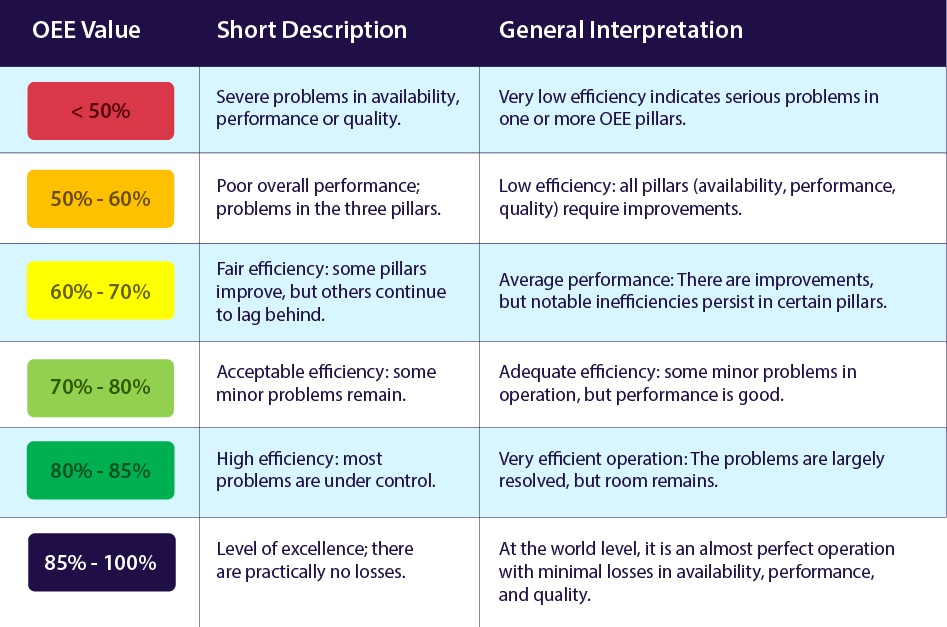2.1 Reduction/control of cycle time: Analyze and optimize machine speeds to minimize time per unit.
Example: Do tests or consult your manufacturer to make machine configuration adjustments that optimize speed without sacrificing quality. Consider the capacity limit with necessary quality as a setup margin.
2.2 Eliminate micro stops: Identify and solve small stops (no matter how minor) whenever they slow down production.
Example: A small but recurring problem can be more damaging than an unusually large one; a sensor that fails every 100 pieces in production of millions for a second is more worth it than trying to solve an unusual event that lasted 2 hours.
2.3 Optimize flow and availability of materials: Guarantee materials always available, at the right time and place.
For example, use a Kanban system to avoid material shortages or apply a stock check before starting.
2.4 Improve operator efficiency: Train your operators or equip them with accelerated execution models to make their execution more efficient and minimize delays.
Example: Implement electronic continuous training systems, use guided operating systems, or support processes with electronic procedures to reduce operator errors that cause slowdowns.
2.5 Standardize best practices: Develop and enforce standard operating procedures to ensure consistent performance.
Example: Design and use understandable standardized procedures that contain checklists and information tracking with the option of continuous improvement and direct communication. A standardized operation guarantees adequate and consistent results for its objectives.















